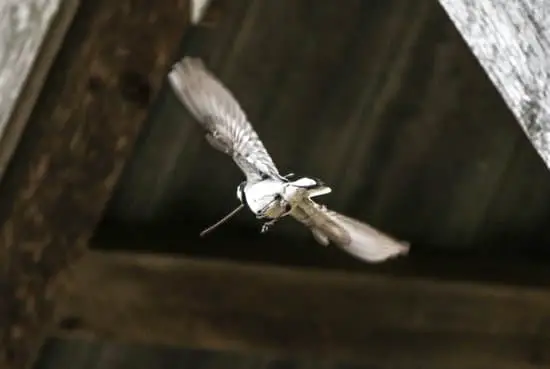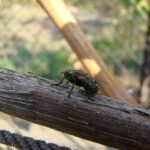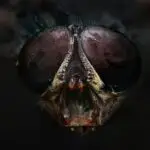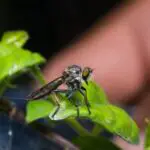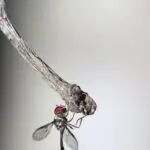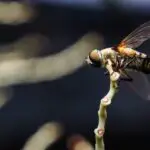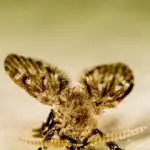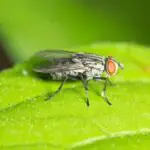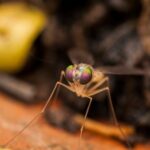Identifying the Species of Fly That Pollinate Flowers
We often think of bees when we think of pollination, but the smallest of pollinators is a fly. Despite their small size, flies pollinate a large proportion of flowering plants. They have one pair of wings, soft bodies, short, bristly antennae, and no stinger. Two-winged flies represent an evolutionary leap from four-winged body types. This evolution is evident in fruit flies.
Flies are attracted to several types of flowering plants, although they tend to visit white blossoms and flowers with open structures. They also prefer flowers with a decomposing scent. A study in Illinois by Charles Robertson discovered that more than twenty different species of flies visited 57 flower families, with the tachinid and syrphid flying insects visiting the most diverse families.
Identifying the species of fly that pollinate a specific flower is important for both conservation and commercial development. It will help to direct research efforts in managing wild pollinators and developing managed pollination services. Furthermore, it will help to understand which flowers are favored by different species of fly.
Calliphorids, which have a global distribution, are highly important pollinators. They visit a wide variety of flowering plants and carry large quantities of pollen on their bodies. Some species also feed on nectar, making them important for pollinating plants.
